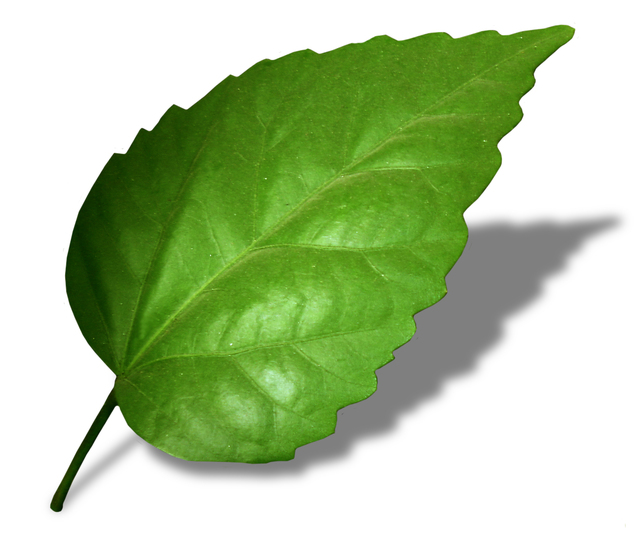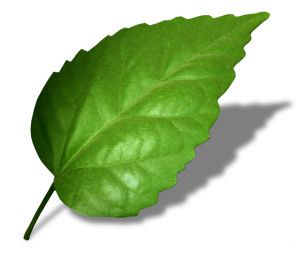
SICKLE CELL AND JUTE LEAVES
Jute Leaves are also called Lalo, Saluyot, Egyptian Spinach (Molokheya), Bush Okra, or ewedu West African Sorrel depending on the region of the world. Jute plants are widely found in tropical and subtropical areas from Asia to Africa where they are mostly used in cooking. The leaves are used in stews, soups, tisanes or teas.
They may not sound particularly appetising, but the slimy leaves of jute plants, African nightshade and the spider plant may be about to become the latest trendy superfoods.
Other usage of Jute leaves are various health benefits because it has been determined to contain an ample amount of Vitamin A, thiamine, riboflavin, ascorbic acid, and is also rich in fiber. It is used as an anti-inflammatory treatment and a wrinkle reducer because it contains anti-oxidant substances
Researchers have found these plants, which are eaten as traditional foods in parts of Africa, are perhaps some of the most nutritious vegetables on the planet.
They claim jute mallow, amaranth leaves, spider plant and African nightshade contain more protein and iron than kale, which has become popular for its reputation as a superfood.
The vegetables are also rich in calcium, folate and vitamins including A, C and E according to some work.
Scientists also believe many of the wild plants eaten by local communities in Africa have health benefits such as potent anti-oxidant qualities.
Research has shown eating 137g of jute marrow can provide the recommended daily allowance of iron – 20 times less than the amount of cabbage that would needed to be consumed and a quarter the amount of spinach.
Similarly the leaves from the jute plant, known as jute mallow, can provide nearly twice as much provitamin A compared to spinach while it contains twice as much folate as cabbage.
But jute marrow turns slimy when cooked, much like okra and may be why it has remained unpopular until now.
By Richard Gray for MailOnline published







